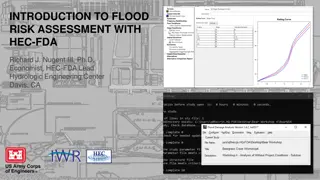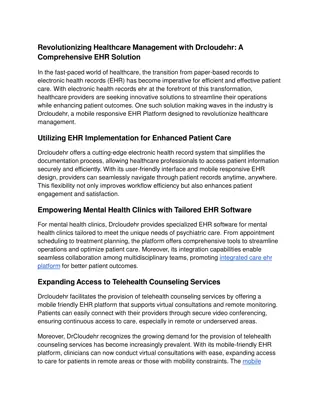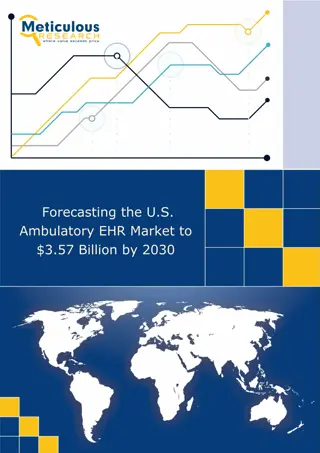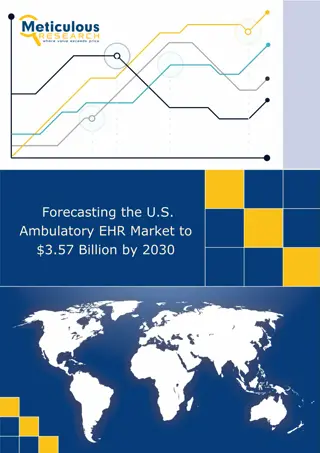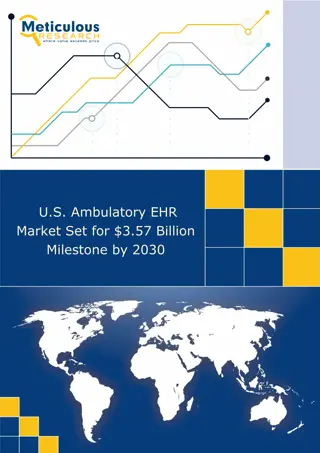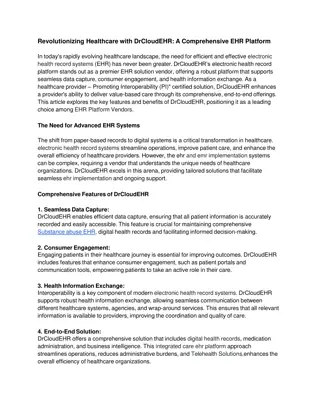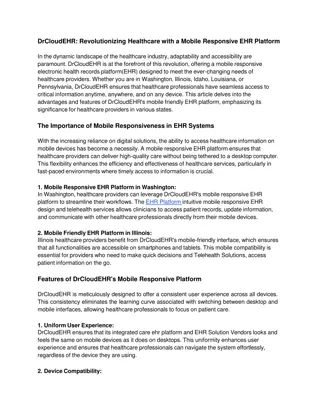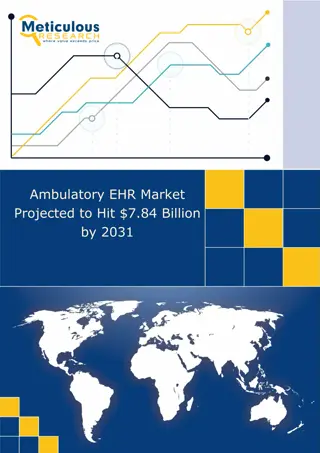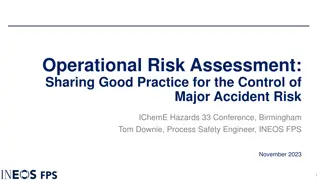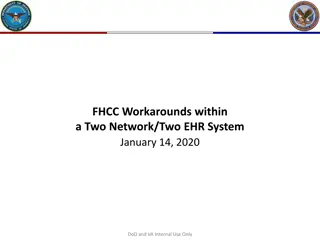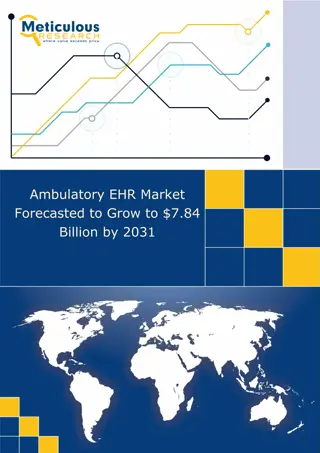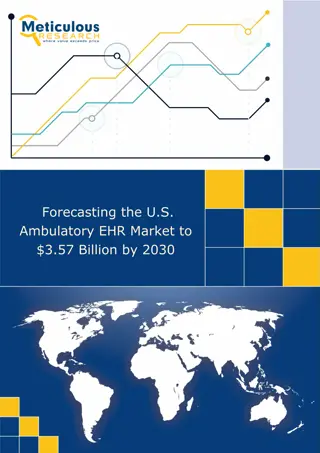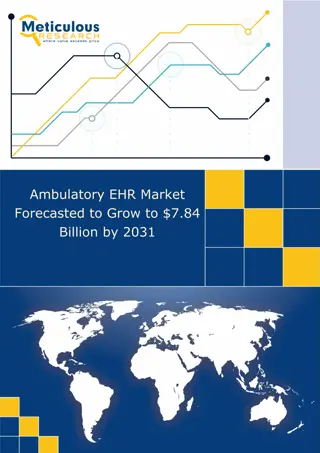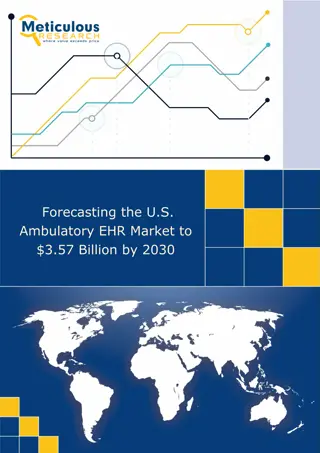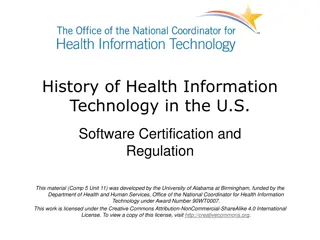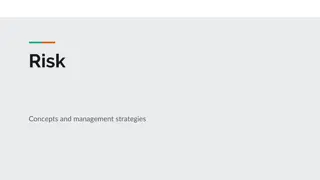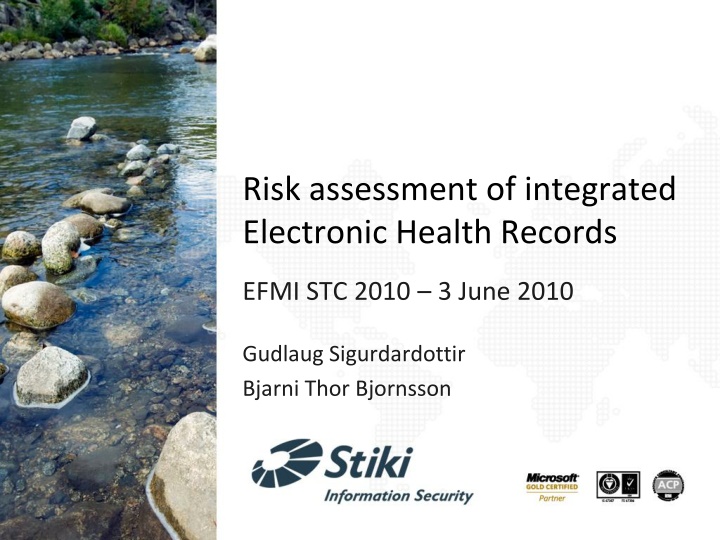
Integrated Electronic Health Records: Legislation, Security, and Future Vision
Explore the impact of legislation on sharing health information, security requirements, and future visions in integrated Electronic Health Records (EHR). Learn about the benefits, challenges, and security issues related to EHR integration, access control, and privacy concerns.
Uploaded on | 12 Views
Download Presentation

Please find below an Image/Link to download the presentation.
The content on the website is provided AS IS for your information and personal use only. It may not be sold, licensed, or shared on other websites without obtaining consent from the author. If you encounter any issues during the download, it is possible that the publisher has removed the file from their server.
You are allowed to download the files provided on this website for personal or commercial use, subject to the condition that they are used lawfully. All files are the property of their respective owners.
The content on the website is provided AS IS for your information and personal use only. It may not be sold, licensed, or shared on other websites without obtaining consent from the author.
E N D
Presentation Transcript
Risk assessment of integrated Electronic Health Records EFMI STC 2010 3 June 2010 Gudlaug Sigurdardottir Bjarni Thor Bjornsson
Introduction Electronic Health Record (EHR) systems and network must fulfill demands of modern society New legislation in Iceland allows sharing of health information between institutions Security must be guaranteed Security requirements and risk assessment
Legislative requirements Opens the door for information sharing between health information systems Results in a better and more secure public health care service since information is available when required on a need-to-know basis Security guarantees and adherence to the Personal Data Act legislation are prerequisites for information sharing and integration of systems Allows for public access to EHR information through health information gateways
Future Vision Greater interaction between different EHR systems Interoperable EHRs will appear as a unified view of all health care data Health care professionals will have all the necessary data available when needed The public will be able to monitor their EHRs directly via Internet access
EHR integration and users Electronic Health Record keepers Community Health Centers Private Practices Hospitals Governmental Authorities Internetwork Other health care providers The Directorate of Health Access control DB Health care professionals Supervisory authorities Public access
EHR related security issues Highly critical, personal and sensitive information Falls under the act and regulations on the protection and processing of personal data Great demand on having EHRs easily accessible for health care providers Privacy concerns need to be addressed with adequate controls to minimize risk of misuse and accidental disclosure Information can be categorized and access restriction imposed on a system-by-system or even record-by-record basis
Risk management methodology Important to use a standardized, systematic method The ISO/IEC 27005:2008 guidelines for information security risk management provides a standardized methodology Takes into account all aspects of the risk assessment requirements of the ISO/IEC 27001 security standard
Risk assessment step by step Out of scope boundaries Define the scope and criteria In scope Out of scope Out of scope Out of scope Identify assets and their value Identify and evaluate threats Evaluate and manage risk risk treatment
Define scope and criteria Identify in-scope systems, services, procedures etc. Scope and Criteria Define boundaries Risk criteria, level of acceptable risk
Risk treatment process Risk evaluation 1. Select risk treatment option Risk 2. Define the risk treatment plan communication 3. Calculation of the residual risk Risk monitoring and review 4. Acceptance of residual risk
Reducing risk Select and implement controls to reduce risk
Risk acceptance Security awareness After completing the risk treatment it is important to obtain management approval of the proposed residual risk Risk communication, monitoring and reviewing of risk is important for the security awareness and for continuous improvements in risk management Plan Risk assessment Act Maintain and improve Do Implement risk treatment plan Check Continual monitoring and reviewing of risk
Conclusion EHR integration, increased interoperability and access are important steps in advancing the state of health care services By applying best practices, using an information security management system, performing regular risk assessments, and adhering to international standards, these steps can be safely realized The result will be a better and more secure health care system for the benefit of the public
Thank you gudlaug@stiki.eu bjarni@stiki.eu www.stiki.eu All screenshots in presentation are from RM Studio, a risk management software provided by Stiki www.riskmanagementstudio.com




